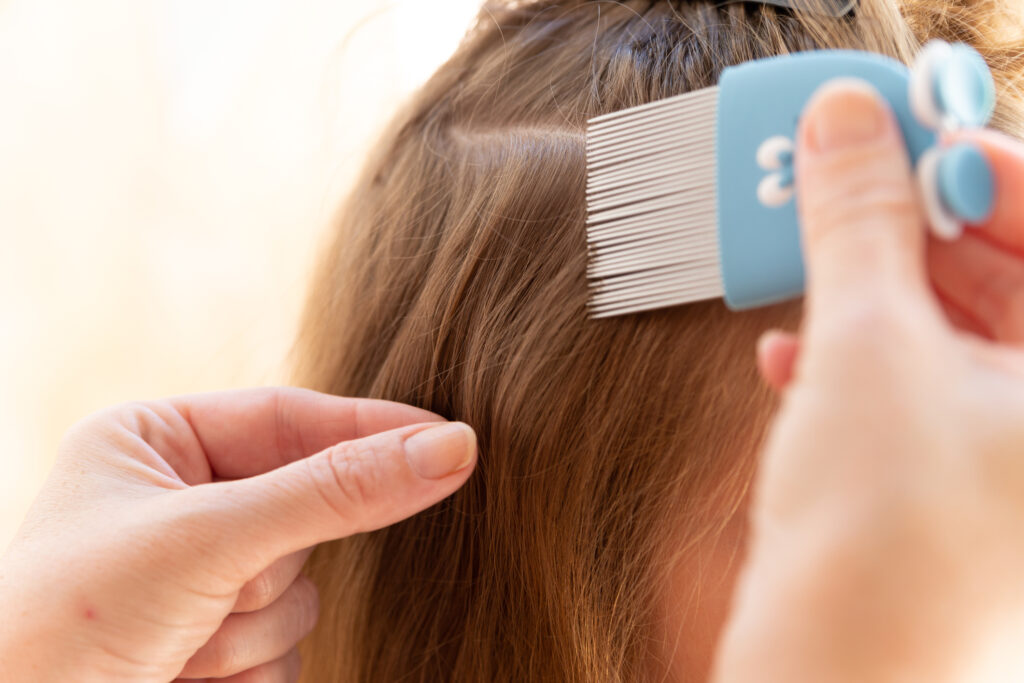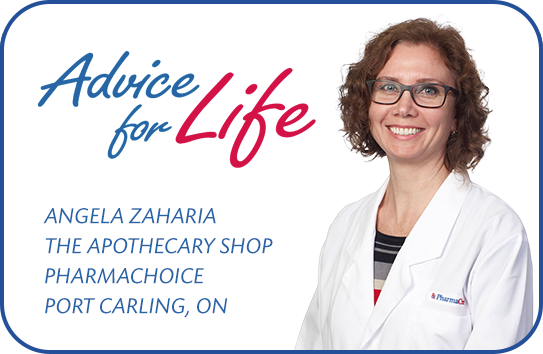Did you know that hair is what keeps lice in business? Staying clean won’t keep lice away, only being hairless can. The louse has evolved to depend on a shaft of hair. Life starts with a gravid female laying her egg at the base of a hair shaft so that the larvae emerges close to its food supply. As the larva grows into a nymph, it feeds on a light tap of blood from the scalp, using hair as cover and as an anchor to hold onto. The nymph matures and moves covertly to grow into an adult, find a mate and begin its reproductive cycle anew. The nymph will molt, shedding skin as it grows. So lice do leave litter, in the form of molted skins and empty eggs (aka nits). Molted skins are easily brushed off, but the nits are well-cemented to the hair shaft. The life cycle of a louse from egg to mature adult can be 7 to 10 days.
Prevention is possible and easy. Let’s clarify, it is easier for adults than for children. Lice can only be transferred by direct crawling of the nymph or adult to another person, or mechanically moving them from one head to another. They can’t jump or fly. They don’t transmit diseases and you won’t get them from your pets. The picky human louse prefers only humans. So prevention is just making sure you don’t share head coverings, brushes, pillows, and don’t bump heads. For the entire life cycle of the louse, sticking close to the base of hair is its aim. They have grippy pincers on the end of each leg designed to hold onto hair to prevent being dislodged easily. No wonder children are more likely to get lice in tumble play, sharing headwear, and lying down in shared spaces. Getting lice has nothing to do with hygiene, the louse is an opportunistic insect and just wants to get onto any human head.
Lice? Report a lice infestation to school, childcare or where you suspect it was picked up. Someone had it before you, and everyone needs to look for, and treat it. Keeping quiet only prevents treatment and can allow reinfection. When you receive notice of infestation, look for infection in all your children, and treat only if you find there is evidence of lice. If you do find it, check yourself also.
Detect lice by looking for nits which are the go-indicator for treatment. It’s possible to not find the insect, as the adult is quite adept at hiding, especially in long or curly hair. Larvae and nymphs are also hard to detect, easily hidden and blending well in its environment. Look for nits near the base of the hair shaft, especially at the neck line and behind the ears. The picky gourmand knows to find tender skin areas to lay her eggs. Nits are small sesame shaped, ranging in color from off-white, to yellowish. Don’t confuse nits with dandruff, skin or tissue from hair follicles. Nits are difficult to dislodge from the hair, so if you can flick it off – it’s not a nit. If unsure, look at online pictures of nits and lice. Only see a few nits, say, less than ten? If they are located close to the scalp, just remove them. If hair is short and easy to spot the insect and nits, manual removal is sufficient – but keep monitoring daily. For long and voluminous hair – treatment may be the best option. Your pharmacist can help you decide on treatment, discuss proper application and days to wait for reapplication and prevention.
Long gone are the days where you kept your child from school due to lice. Whether manual removal or treatment is applied, children need not miss school. It really is not a big deal, and may just happen. Children can be taught prevention measures. Keeping long hair under control of a braid, not sharing headwear and storing toques into the pockets of a jacket are ways to prevent transmission to and from others. Show them the life cycle of the louse. Ask your child what ways they can think of where a louse could move to another, and how to prevent it. Take away the shame and blame of lice infection. Lice happens!




